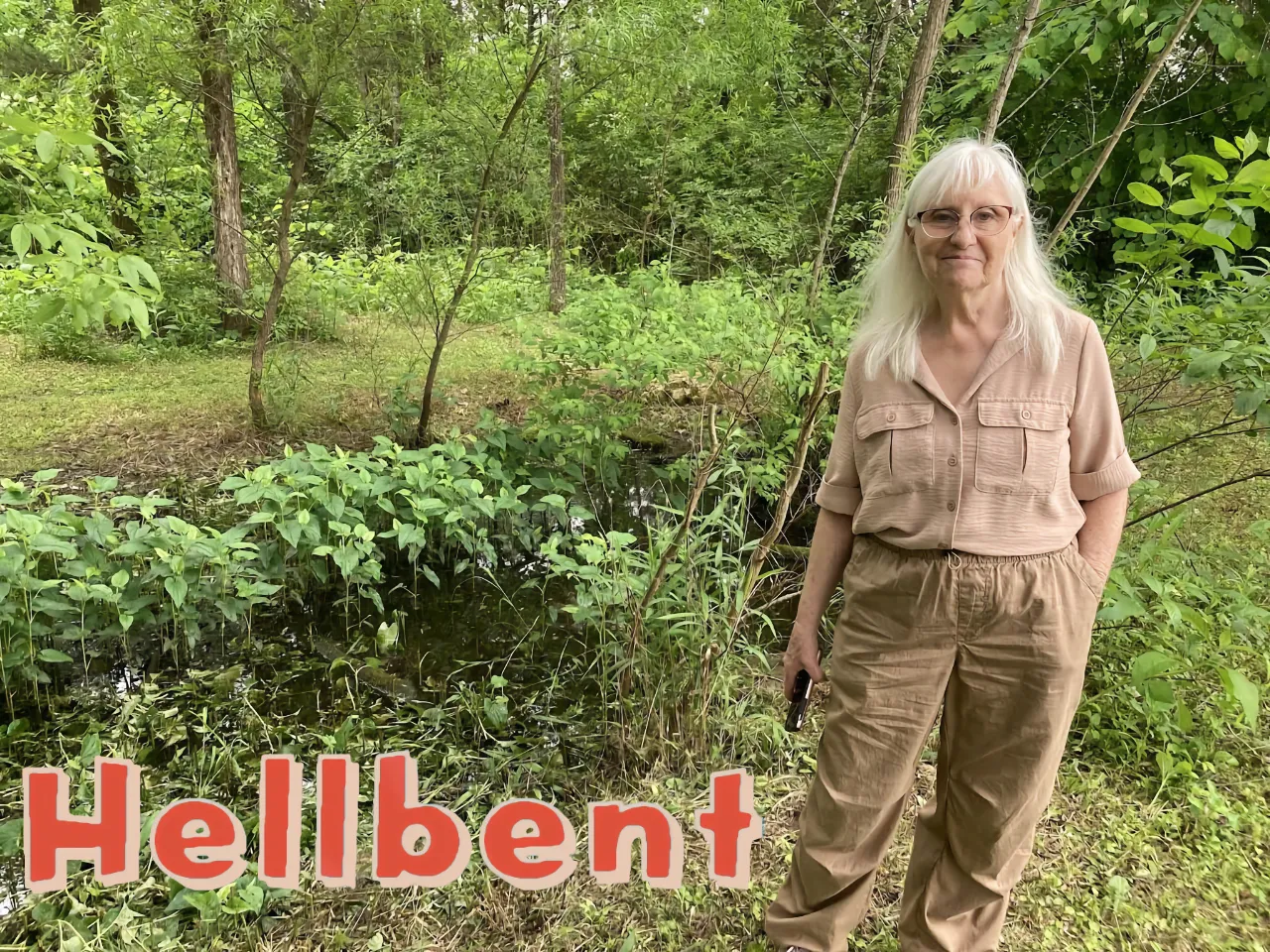Nature deficit disorder
“It’s important first of all to protect our natural resources because our lives depend on it,” Manning said, stressing humanity and the natural world’s mutual reliance on each other to survive. “If kids don’t know about that, what are they going to do to make sure it survives, as the Lakota and other indigenous groups say, for seven generations? It’s a responsibility.”
Manning’s own childhood, even in Los Angeles, avoided nature deficit disorder to an extent. She looks back fondly to catching tadpoles in a run-down park with an old fountain.
“I remember it being a little bit wild back in there and it being attractive to kids in the neighborhood, including me,” she said of her natural urban haunts. Still, looking back, she feels her surroundings lacked something — namely nature.
“I don’t remember seeing stars in the sky. I’m sure I saw a tree or two, but it always felt like something was missing,” she said.
Nature’s magic
Menning went to law school in Illinois and in her third year there met a lawyer representing the controversial activist Leonard Peltier. That lawyer, she said, invited her to spend spring break in South Dakota, a state famous for its natural splendor in the Black Hills and Badlands, which fascinated Manning.
“All those places are almost like magic. You feel it when you are there, a sense of the sacred,” she said.
During this time, she started working for nonprofits before becoming executive director of Travis Audubon in Austin, Texas. She said another friend from law school introduced her to it.
“Once you’re in the conservation world it’s like a family,” Manning said. “Let me rephrase that. It’s like a functional family as opposed to a difunctional family.”
It was in Austin that she worked on the Explore and Restore program, which brought children from Norman Elementary School to Travis Audubon’s Blair Woods sanctuary to learn about the sanctuary, explore it and help restore it as an after-school program.
She spoke highly of the program’s developer Judy Walther of Environmental Survey Consulting and said the students ultimately were enthusiastic about it.
But Austin grew and became more crowded, and Manning wanted to move. She’s happy now in East Tennessee, and loves her current home in rural Strawberry Plains.
“It’s like I knew I was home,” she said. Even before moving here she’d enjoyed the Appalachian region, including driving on the Blue Ridge Parkway.
Manning will helm many different projects at TCWP. It’s involved in advocacy on issues like the proposed Oak Ridge Airport and a new highly problematic facility called the Environmental Management Disposal Facility on the Oak Ridge Reservation, which Manning called “the shiny way to say toxic waste dump.”
Explore and restore
Manning is adapting the Explore and Restore program in Oak Ridge with help from sixth-grade JMS science teacher Julie McCullough. The program has four parts: First the students learn about the history of the cedar barrens in the classroom. Then they do various studies, including looking at water quality and invertebrates in the barrens’ wetlands and taking note of the plants in the drier areas. On day three the students put in sweat equity and chop down woody plants to keep the Oak Ridge Cedar Barrens its distinctive ecological self.
“They love chopping stuff down or pulling stuff up,” Manning said.
Then, on the fourth day, the students make displays about what they’ve explored.
“The children especially, you want them to develop the same passion for nature and protecting nature and the same sense of the importance of protecting nature. That’s what you’re hoping for,” Manning said. “There’s that sense of the sacred. You need to protect it.”
